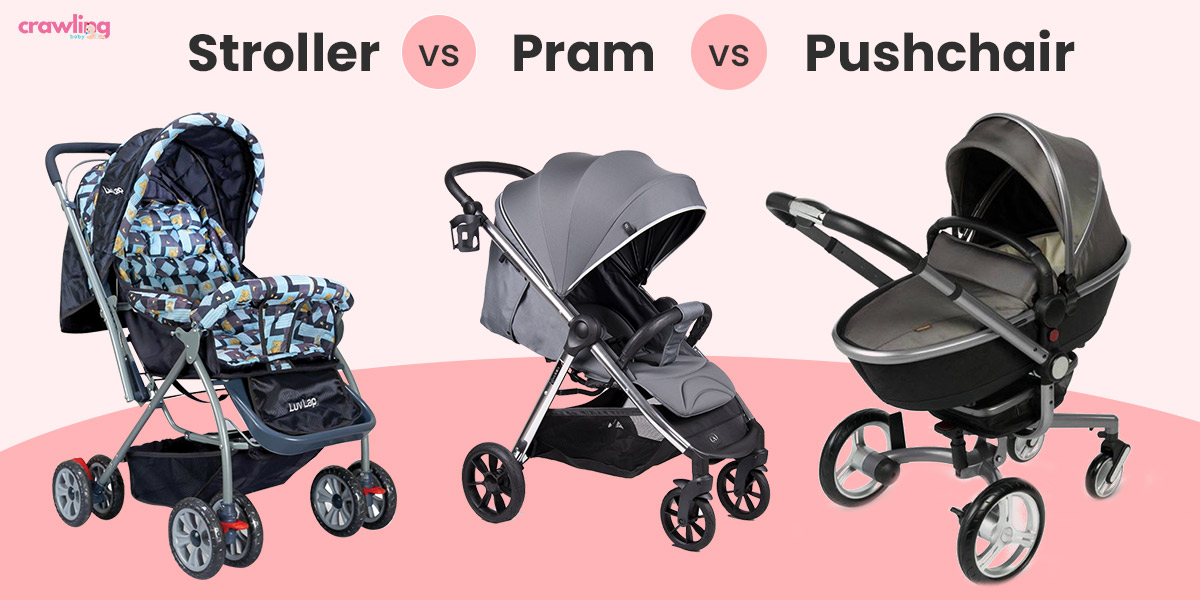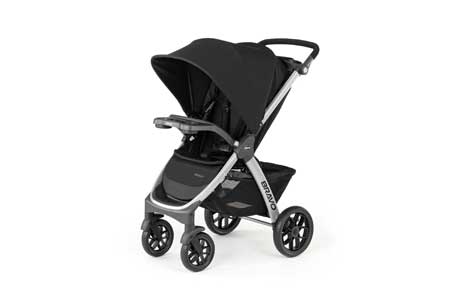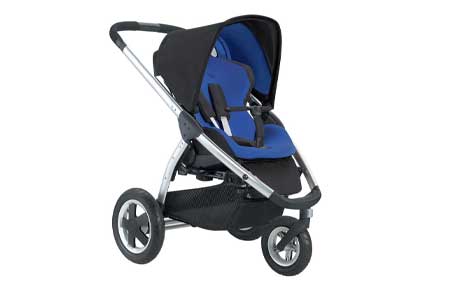Difference Between Stroller Vs Pram Vs Pushchair

Choosing the right device for transporting your baby can be a daunting task, especially when there are so many different options available. Three common options for transporting a baby are strollers, prams, and pushchairs. While these terms are often used interchangeably, they actually refer to distinct types of devices that differ in terms of design, functionality, and position.
In this article, we’ll explore the difference Between stroller, pram and pushchair, and help you choose the right device for your baby’s needs. Whether you’re a first-time parent or a seasoned caregiver, understanding the differences between these devices can help you make an informed decision and ensure that your baby travels in comfort and safety.
What Is A Stroller?

Strollers are compact pushchairs. They typically have modest wheels and can be folded quickly utilizing an umbrella fold mechanism. In adverse weather, strollers can be quickly and easily folded away thanks to the umbrella fold.
Additionally, strollers with the umbrella fold method fold up very little when not in use, saving storage space. Newborn babies should not ride in strollers since they are unable to keep their heads up on their own.
What Is A Pushchair?

A pushchair, also known as a stroller or baby carriage, is a wheeled device designed to transport infants or young children in a seated or lying position. It typically consists of a frame or chassis, a seat or carrycot, and wheels or casters for mobility.
The best pushchairs in market may also come with additional features such as adjustable handles, brakes, sunshades, storage baskets, and reclining seats. They provide a convenient and safe way for parents or caregivers to take babies and young children out for walks, shopping, errands, or other activities.
What Is A Pram?

The term “pram” (short for “perambulator”) refers to someone who enjoys leisurely strolling. However, the term “pram” has long been used to refer to the apparatus used to transport infants outside without having to carry them.
A carrycot on wheels is quite similar to what a pram is. Its robust edges and smooth, mattress-covered bottom let the infant rest flat.
According to the NHS, the safest posture for a baby to sleep in is flat on their back on a firm mattress, which is why a pram is a neonatal need. In order to shield the baby from the sun, prams typically have a cover that can be pulled up or folded away.
Difference Between Stroller vs Pram vs Pushchair
1. Position
A stroller are designed babies who can sit up independently, usually around six months of age. trollers typically have a five-point harness to secure the child, a sunshade or canopy to protect them from the sun, and storage for items like diaper bags or bottles. They may also have adjustable handles, brakes, and reclining seats.
A pram, on the other hand, is designed for newborns who cannot sit up independently and need to lie flat. Prams typically have a bassinet-like structure with a padded mattress, a hood or canopy, and a footmuff to keep the baby warm. They may have large wheels and a sturdy frame for stability and suspension to absorb shock.
A pushchair, also known as a buggy or a stroller, is a hybrid between a stroller and a pram, designed for babies who have outgrown the need for a bassinet but are not yet ready to sit up independently. Pushchairs typically have a reclining seat, which can be adjusted to a flat position for napping or sleeping, and a five-point harness to secure the child. They may have a reversible handle, which can be adjusted to face the parent or forward-facing.
2. Age Limit
Strollers are appropriate for infants between the ages of 18 and 24 months, pushchairs from 6 months to 18 months, and prams are best for newborns and infants up to 6 months old.
3. Weight
Strollers are typically the lightest of the three options, the best lightweight strolles in market weigh around 12-15 pounds on average. This is due to their minimalist design and smaller size, which make them easy to maneuver and transport.
Prams, on the other hand, tend to be heavier than strollers, weighing in at around 20-30 pounds. This is because prams have a more traditional design that includes a bassinet-like carriage, which is larger and bulkier than a typical stroller seat.
Pushchairs are similar in weight to prams, weighing in at around 20-30 pounds. However, they tend to be more versatile and adaptable than prams, with the ability to convert from a traditional pram-like design to a more conventional stroller-like design.
4. Safety
Regarding the security of strollers, some do not have safety belts or harnesses. As a result, leaving the baby unattended without any adult supervision can be risky. However, some expensive strollers come equipped with harnesses, so it is preferable to buy those types.
A good stroller has a harness and safety straps, making it extremely safe. With two chest straps, two waist straps, and one crotch strap, the 2-point, 3-point, and 5-point harnesses are all thought to be extremely safe for small infants. Several strollers also have brakes that you can use even while they are in motion.
However, it’s safe for a baby to sleep on a pushchair while strolling with their parent/guardian as long as they are attended to at a few intervals.
5. Cost
Generally speaking, strollers tend to be the most affordable option, with prices ranging from around $50 to $300 on average. The lower end of this price range typically includes simple, lightweight strollers with few features, while more expensive strollers can come with additional features like adjustable seats, larger wheels for rough terrain, and storage compartments.
Prams, on the other hand, tend to be more expensive than strollers, with prices ranging from around $200 to $1,000 on average. This is because prams are typically made with higher-quality materials and have a more traditional, elegant design.
Pushchairs can fall somewhere in between strollers and prams in terms of cost, with prices ranging from around $100 to $800 on average.
Final Thoughts
Parents who are constantly moving around can benefit from pushchairs, strollers, and cradles. Remember that some retailers and brands may use the terms synonymously, so the first step in choosing the ideal product is determining whether it is appropriate for a newborn.
Each style of carriage has advantages and disadvantages, so it’s crucial to choose the one that will work best for you and your family, depending on your particular requirements and tastes. It is ultimately up to you to choose which of the three—prams, strollers, and pushchairs—is best for your family because all three can make life with a baby more convenient. Thank you for reading! We hope you found this information to be useful.
Frequently Asked Questions

Laura is a trained primary teacher who takes a profound liking in interacting with and bringing out the best in children. She is also an ISSA certified pediatrician with an extensive practice of over 12 years. Laura comprehends the needs of infants and now compresses her expertise into writing thorough parenting guides to aid new parents.






